【新唐人2011年11月3日訊】北京連日來大霧籠罩,空氣污染情況惡化,美國駐華大使館連續兩天監測的結果顯示,北京空氣污染已經達到了「危險」水準,近一週來民眾因呼吸道不適看急診的人數劇增,醫生提醒盡量不要出門,以免影響健康。不過,北京環保局測得的數據則顯示屬於輕微污染,民眾訥悶那個數據準確嗎?
北京三面環山,連日來的大霧一直無法散去,據120急救中心發佈的消息,最近因呼吸道不適被送進醫院的患者人數比上週多了13%,因氣喘、氣管炎和肺炎看急診的病人也增加了30%。網民形容北京的大霧為「毒氣」,空氣污染已經嚴重影響民眾的健康。官員不以為然的態度,民眾只好自行監測空氣品質。
美國駐華大使館兩年前開始在北京的使館區內,設立了空氣監測站,定時將最新資料上傳到互連網上。10月31號和11月1號連續二天測到空氣污染指數是300到400,有時甚至達到測量的極限值500。這個數據獲得了中國環保組織的監測證實。
而這樣的數據顯示,北京的24小時空氣污染情況已達到「危險」水準,是六個級別中最嚴重的一個,代表所有人的健康都會受到影響,而且可能出現一些引發疾病的情況。
不過,北京市環保部門發佈的空氣污染指數停留在150到170之間的「輕度污染」,北京市環保局11月1號公布北京市10月份空氣品質資料顯示,有19天空氣品質達到優良水準,另外12天則為輕微或輕度污染,環境監管部門試圖淡化事態的嚴重性。
北京市民彭定鼎說,因為兩個不一樣的數據,不知道該相信誰,所以已經有網友在自行監測了。
彭定鼎:「大家公布的二個數據如果不一致的話,請網友自行去檢查。我相信網友甚於相信美國大使館,我相信美國大使館更甚於相信中國政府。」
國立台灣大學大氣科學系教授徐光蓉表示,PM2.5的粒子大部分是空氣污染物氣體凝結出來的,大部分會有緻癌物或是重金屬,這些東西是屬於人為的污染。
徐光蓉:「美國的這個方面我比較相信他,它的數據我認為他不會去故意的誇大,他為甚麼會去設一個在自己大使館裡面,我想他比較擔心那個空氣品質對美國僑民的影響,所以他想了解一下。所以我認為美國駐中國大使館的數據應該是比較正確的。」
據了解,美國駐華大使館所監測的直徑在2.5微米以下、也稱PM2.5的懸浮顆粒,對健康的危害,近年已獲學術界認定。而中國的空氣品質報告監測的是直徑在10微米以下的可吸入顆粒物。就是PM10。
徐光蓉:「北京PM10的話,它是立徑小於10個微米,可是我們的呼吸道大概平常10個微米以下才會進去嘛,那PM2.5它基本上就會到我們呼吸道的很尖端,也就說它可能在我們的肺套去跟那個血液裡面交換空氣,所以PM2.5跟人體是比較更有直接影響。」
由於目前中國東北部依然瀰漫著大霧,因此空氣中的污染物恐怕不容易散去。連日來的大霧,已對華北地區的交通造成較大影響,北京首都國際機場也因此取消了160多趟航班。
新唐人記者周玉林、李庭、孫寧採訪報導。
China』s "Poisonous Air" Hits "Danger" Level
Recently, Beijing has been shrouded in smog
with fast deteriorating air quality.
According to results from the U.S. embassy in China,
for two continuous days the air pollution in Beijing has reached the "danger" level.
The number of people sent to the emergency room
due to respiratory discomfort has increased substantially.
Doctors remind people to avoid going outside
because of the bad effect this causes to health.
However, results from Beijing Environmental Protection
Agency (BEPA) show that the air is only slightly polluted.
Many wonder how accurate these results are.
Beijing is surrounded by mountains from three directions,
but of late, the smog has been unable to disperse.
According to information from 120 Emergency Center,
the number of patients sent to hospitals for respiratory discomfort has increased by 13% since last week.
The number of patients sent directly to the emergency rooms
because of asthma, bronchitis and pneumonia is 30% higher.
Netizens describe Beijing』s smog as "poisonous air" and
the air pollution has affected people』s health severely.
Because of the government』s unresponsive attitude,
people can only monitor air quality by themselves.
Two years ago, the U.S. embassy in China set up two air-
monitoring stations in the Beijing embassy district.
They upload the latest information straight to the internet.
The air pollution index for Oct. 31 and Nov. 1 are 300 and 400 respectively.
Sometimes the index reaches the max level, which is 500.
This data has been confirmed by China』s environmental protection organizations.
The data indicates Beijing』s 24-hour air pollution has reached
the level of “Danger,” the most severe of the six levels.
This level means all people』s health would be affected
and could possibly trigger large-scale diseases.
However, the air pollution index from BEPA stayed
between 150 and 170, which means just light pollution.
On Nov. 1, BEPA published the data of the air quality for Oct.
It is said that over 19 days the air condition was quite good, and over the other 12 days the air was lightly polluted.
The environmental regulatory authorities tried to diminish
the seriousness of this issue.
A citizen of Beijing, Peng Dingding, said that because there
were two different data, he didn』t know which to believe.
Thus, now some netizens started to monitor
the air condition for themselves.
Peng Dingding:"Please check the air condition for
yourselves if the two published data are not the same.
I believe netizens more than the U.S. embassy, and I believe
the U.S. embassy more than the Chinese government."
Professor Xu Guangrong is from the Department
of Atmospheric Sciences, Taiwan National University.
He said that PM2.5 particles are mainly the gas condensation
of air pollutants which contain heavy metals, or carcinogens, due to man-made pollution.
Prof. Xu Guangrong: "I believe the U.S. in this aspect.
I do not think they will deliberately exaggerate the data.
I think they put air monitoring stations in their embassy
due to concerns over the pollution effects on U.S. nationals.
So they want to know that. I think the data
from the U.S. embassy in China is more accurate."
The particles which are 2.5 microns in diameter,
are also known as PM2.5 suspended particles.
Monitored by the U.S. embassy, they are considered a health
hazard, identified as such by academia in recent years.
But China』s air quality report monitors respiratory particles
matter with a diameter of 10 microns, which is PM10.
Xu Guangrong: "Beijing monitors PM10,
which are particles with 10 microns in diameter.
But the human respiratory track can only handle suspended
particles with a diameter of less than 10 microns.
Then the PM2.5 could basically reach the very end
of our respiratory track.
This means PM2.5 could replace the air in blood and lungs.
So the PM2.5 has more direct impact on the human body."
Because now the northeastern part of China is still shrouded
in smog, the pollutants in the air may not dissipate easily.
The smog in the continuous few days has greatly affected
traffic in the northern part of China.
Due to this, Beijing International Airport
has cancelled more than 160 flights.
NTD reporters Zhou Yulin, Li Ting and Sun Ning.
看下一集
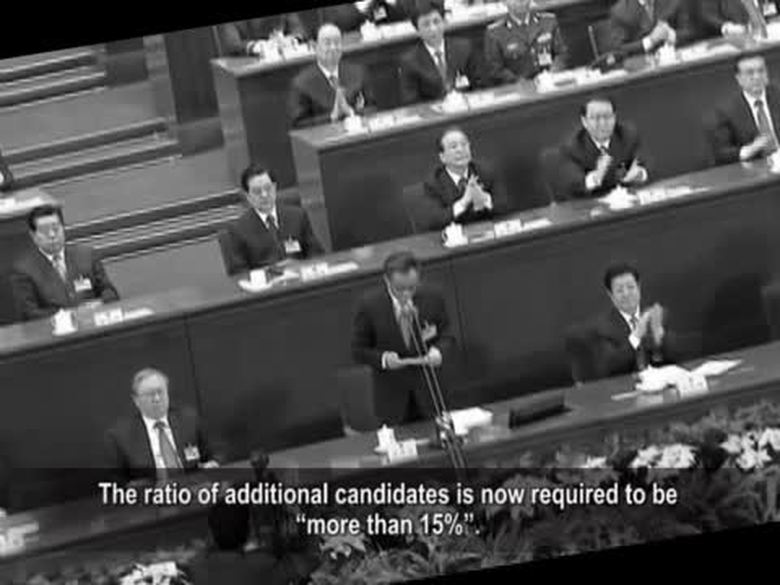
【禁聞】中共十八大差額選舉:裝飾與權鬥

【禁聞】湖南維權村長離奇死亡 再版錢雲會
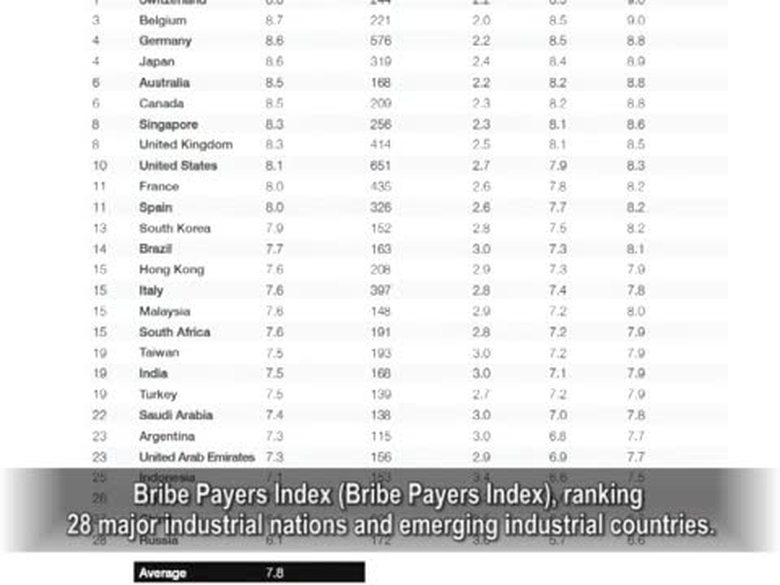
【禁聞】全球行賄指數 中國倒數
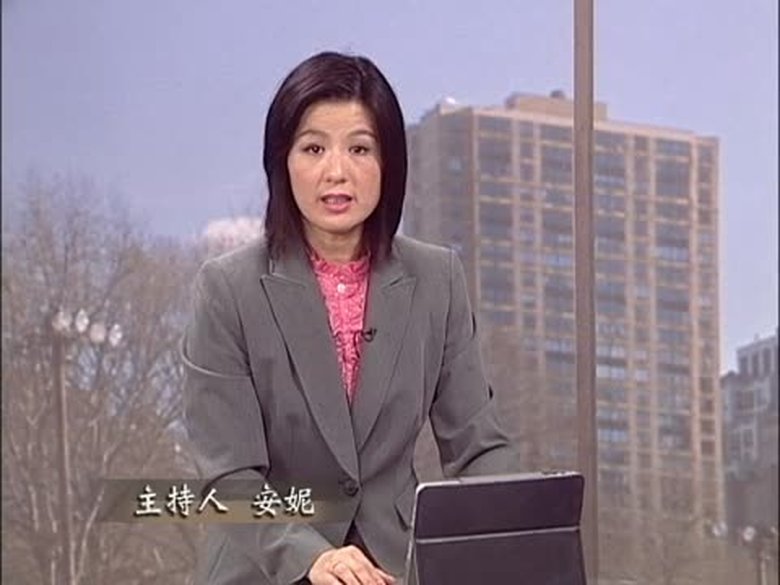
【禁聞論壇】他們帶走了甚麽?

【禁聞】樓市降價大潮來 土地財政陷窘境
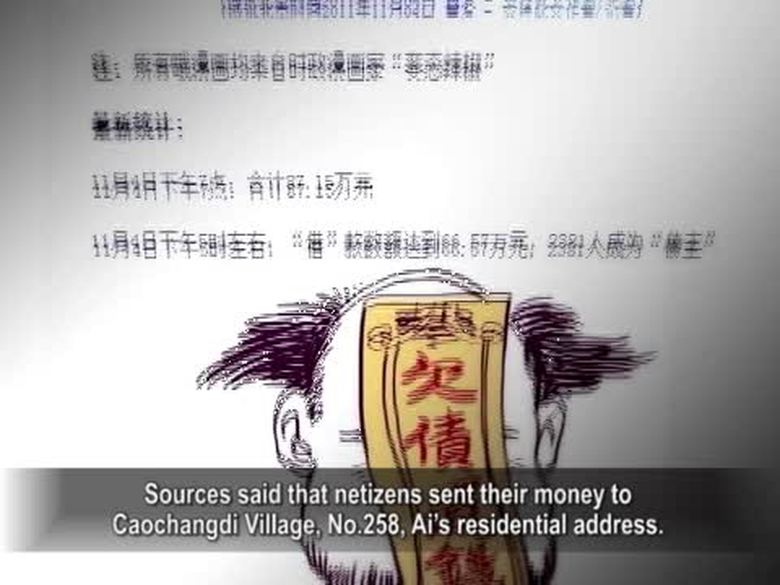
【禁聞】網路興“借錢”給艾未未繳罰款
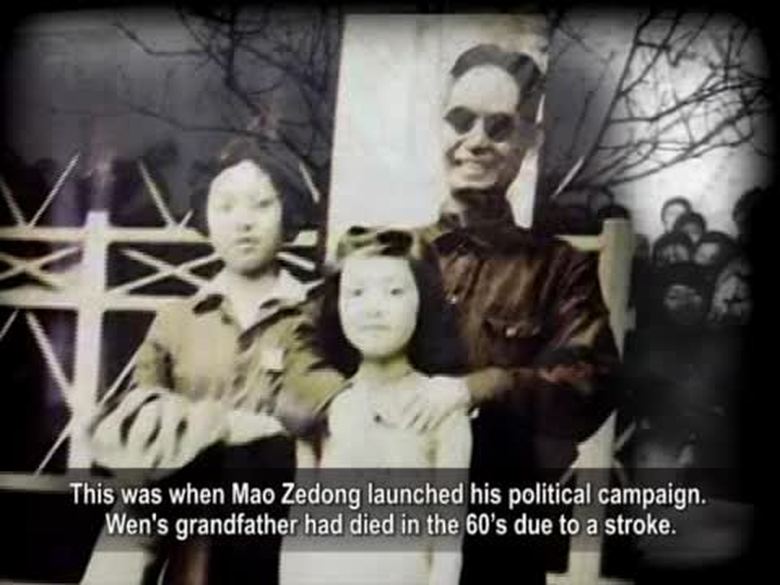
【禁聞】溫家寶自爆:家人在毛時代遭迫害
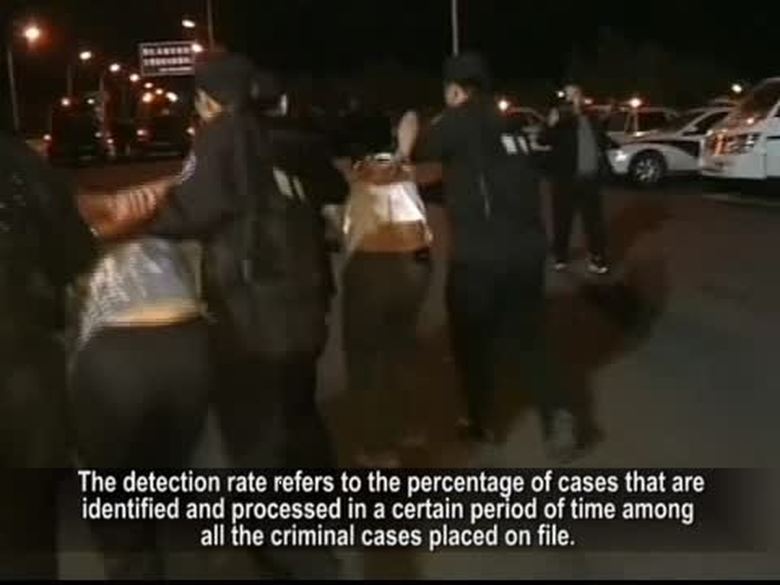
【禁聞】律師解 中國破案率越高 冤錯案越多
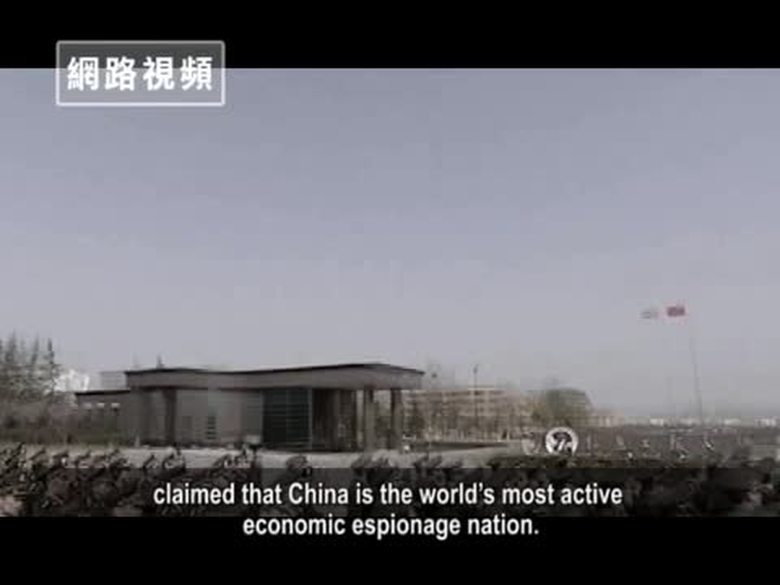
【禁聞】美官方首次公開指控中共網絡間諜

【禁聞】鐵道部獲融資 36債主追債逾2400億
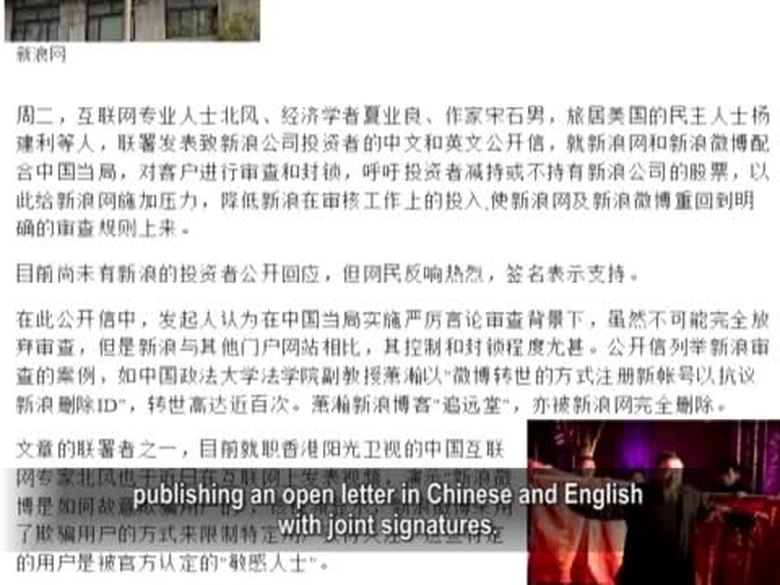
【禁聞】抵制審查 學者致信新浪投資者

【禁聞】報告:贊比亞中資企業虐勞嚴重
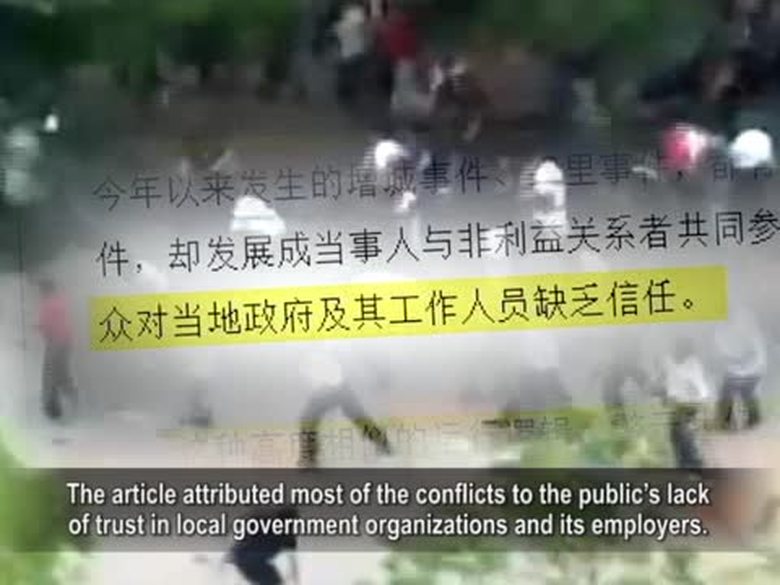
【禁聞】中共感受危機 開始敲警鐘

【禁聞】郎咸平指中共破產 專家:非危言聳聽
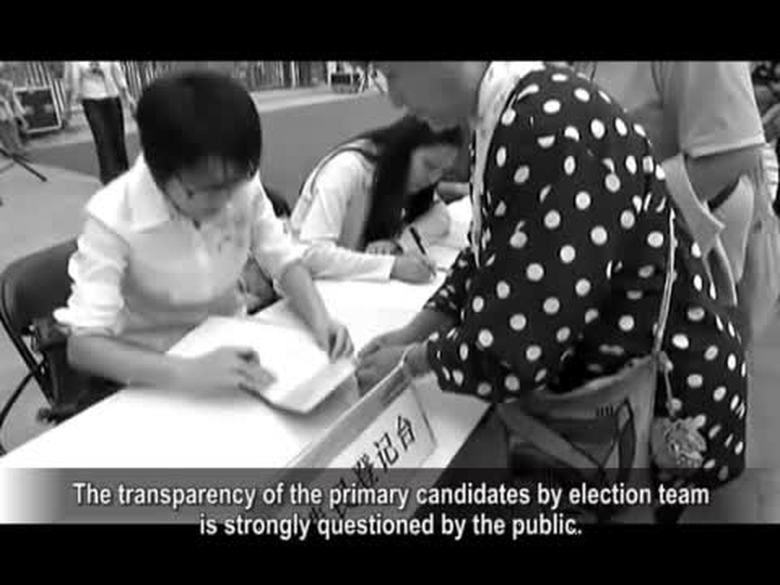
【禁聞】黨選 民選?北京獨立參選者被出局

【禁聞】中共稱減稅是主基調 民眾不服








